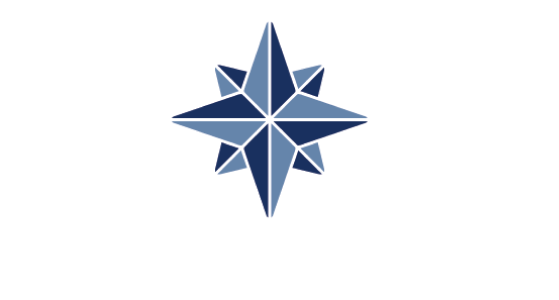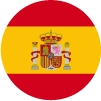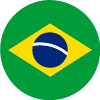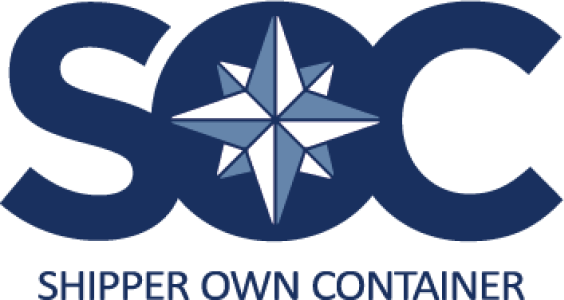Waterway connecting the Pacific and Atlantic oceans is important for the economy

The Panama Canal, an artificial waterway 77.1 km long, was built in 1914. Construction began with the French and was completed by the Americans a decade later.
Designed to reduce travel time between the Atlantic and Pacific Oceans, the canal avoided the dangerous route around Cape Horn, at the southern tip of South America, which involved crossing the Drake Passage or the Strait of Magellan. Today, the canal takes about 20 hours to cross.
Throughout its history, the canal has been administered by Colombia, France and the United States. In 1977, the Torrijos-Carter Treaty was signed, establishing joint control of operations between the United States and Panama. It was only in 1999 that the waterway came under exclusive administration by the Panamanian government.
The last official measurement, carried out in 2008, indicated that 309.6 million tons were moved through the canal, with approximately 815 thousand vessels passing through it. Since taking over its management, Panama has implemented several improvements to the canal’s infrastructure.
The Panama Canal has recently been in the spotlight again in the world press due to statements made by the president-elect of the United States, Donald Trump. He has suggested the possibility of retaking control of the canal’s operations, even mentioning the use of military force. Trump claims that China is exerting influence over local operations.
To better understand the context and importance of the canal in global trade, I spoke with Jackson Campos, a foreign trade specialist, who explained the challenges and implications of this moment.
Mundo Agro: How important is the Panama Canal?
Jackson Campos: Since it was opened over 100 years ago, the Panama Canal has joined the Atlantic and Pacific oceans in a complex system of locks, which save ships 20,000 km of travel time, allowing ships of all types to quickly get from one side to the other.
Mundo Agro: Before this canal, how was all the cargo traded? After the canal was created, did it speed up the process and reduce costs?
Jackson Campos: Before the canal, there were two ways to get from one side to the other: going around the southern hemisphere or transferring cargo between the Atlantic and Pacific via land in Panama, crossing the almost 80 km stretch by ox cart, which took days. The inauguration of the process was very fast (less than 10 hours per vessel) and helped the United States a lot with its warships in World War II.
Mundo Agro: Why does the US want to regain control of this strategic canal? Will this be a good thing?
Jackson Campos: According to President-elect Donald Trump, Panama (responsible for the canal since 1999) charges absurd fees (tariffs) to passers-by. The toll amount is calculated based on the value of the cargo transported. The average cost of a ship’s passage is around US$250,000 (and can reach US$400,000, depending on the size of the vessel), or an average cost of US$8.73 per ton of cargo moved. There is no way of knowing what the cost will be if the United States takes over the canal. However, the strategy would probably be to prioritize cargo to or from the United States and charge the difference to other countries. Even though the toll is paid per ship and not per cargo, which would make this theory weak, since ships rarely fly the American flag.
source: noticias.r7.com





